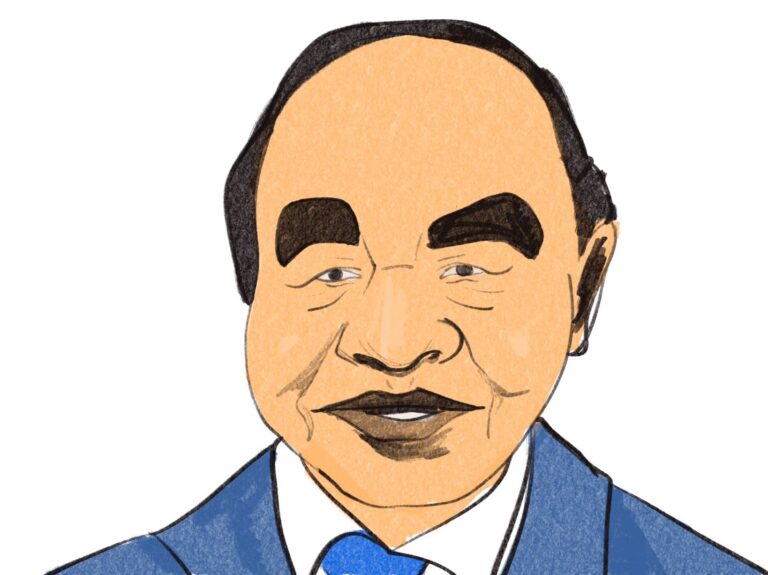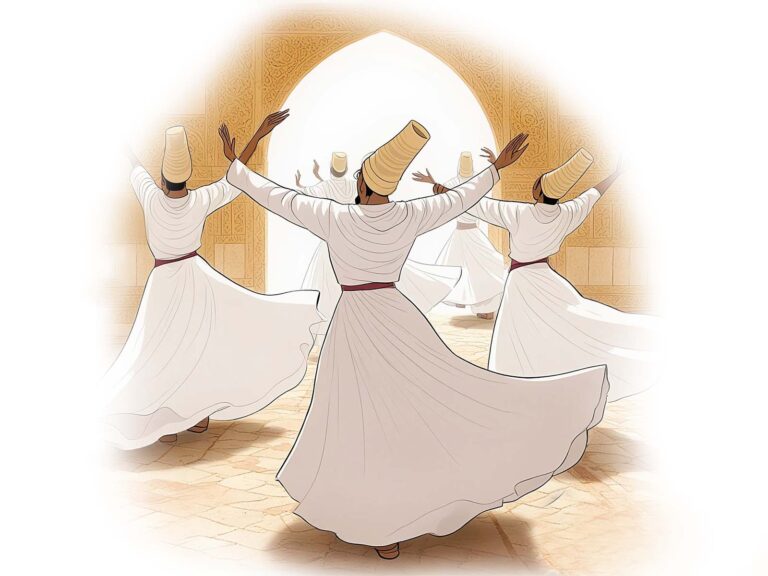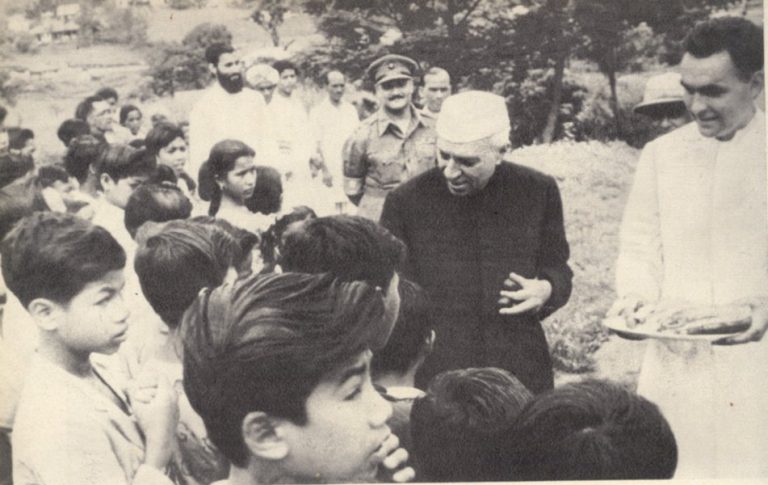The Hindi Push, English Resilience: India’s language debate
A research scholar at the Department of Political Science, University of Hyderabad. My main research area is the language politics in North India. Other areas of interest include nationalism, identity politics, ideologies and overall Indian politics. Have a hobby of watching movies, listening to old music, and reading about folk culture here and there.
A few months ago, the Home Minister of India, Amit Shah made a statement deriding English and he predicted a time when ‘English speakers will feel ashamed in India’ (The Indian Express, 19th June, 2025). This statement was not given much attention by the people as it was seen as just another over enthusiastic statement made to appeal to the sentiments of Hindi speaking North Indians. But when we look closely at the wider political causes and implications inherent in this statement, we cannot casually brush it off. Let’s first understand the historical background of Hindi versus English language debate. Then we will locate this debate in the wider political discourse of opposition against Hindi in non – Hindi states. Finally, we will conclude with the analysis of the implications of the aforementioned statement for the future of Indian politics.
Hindi vs English
Champions of Hindi have always highlighted the fact that English has colonial roots and hence, it should make way to Hindi as the ‘national’ language of our country. From the Indian National Movement of 1930s-40s, to the ‘Angrezi Hatao Movement’ of 60s and 70s, to the period of 90s when the new Chief Minister of UP, Mulayam Singh Yadav, removed English from the school curriculum, and to the present times when the Modi government is giving new push to Hindi through NEP and through new NCERT textbooks, English has always been projected as a foreign, unnatural language which has been imposed on Indians by the erstwhile colonial masters. Whenever the so-called anti – English and pro – Hindi supporters have been faced with the sobering fact that despite its ‘alienness’ English has survived for more than 75 years in the post – independent India, they have either blamed the liberal English speaking social elites for keeping English as their preferred language or the early leadership of independent India who allegedly did not do enough to make Hindi the national language of India.
But could English really survive for so long in India only because the liberal speaking elites, who did not constitute more than a miniscule proportion of the population, did not want to do away with that language? It is true to some extent that the elites always wish to differentiate themselves from the masses by holding on to a language which is not a common language. This elitist attitude has been historically visible in India from the ancient and medieval times when Sanskrit and Persian were the high official languages respectively. Similarly in the British period, English acquired a high-status language. But even when these languages ruled the corridors of power, the early Indian ‘Prakrits’ and then the modern regional languages developed and became the biggest languages of communication among the common people. So, there has always been a divergent relationship between the high-status languages of the elites and the commonly spoken languages of the masses in India.
Even in the post – independent times, when English has been seen as a language of prestige, it has not impacted the all-round development of regional languages like Tamil, Malayalam, Telugu, Kannada, Marathi, Gujarati, Bengali, Assamese, etc. Different forms of literature like short stories, novels, non – fiction essays, books, reportage, books on science and technology, etc. are being added every year to the corpus of these languages. There can be some give and take between English and these regional languages like the use of some common or sophisticated English words in these languages, but overall, English has not impacted their development in any drastic way and these languages are now established as the languages of public spheres in their own respective regions.
So, what is the complaint of the supporters of Hindi with English? Like other languages, the development of Hindi can also not be said to be hampered by English. On the contrary, the introduction of different genres of English prose writing like fictional novels, has given a push to the development of Hindi as a language in which all kinds of writing are possible. Scholars like Francesca Orsini (2009) and Vasudha Dalmia (1997) have meticulously showed the positive effects of English on Hindi. Hence, instead of any adverse impact of English on Hindi as a language, we should look at the aspirations of its supporters to understand their main concern against English.
The great ambitions for Hindi
The ambition of Hindi supporters has always been to see their language acquire the social and political space that English holds in India. This relates more to the prestige that English has among Indians. Gandhi had started arguing in favour of Hindi from the 1920s when interestingly he had also started the non – cooperation and the Swadeshi movement. Throughout the Indian National Movement, English was attacked for its colonial roots and Hindi was projected as an alternative language to English. But till independence, English had still not been displaced from its prestigious place among the educated Indians.
In 1950, when the constitution was promulgated, the Indian leadership understood that the Indian state needed some time to completely replace English with Hindi. So, they gave an extension of 15 years to English as a second official language of the union government of India. But in the 1950s, another layer of language politics came to the fore when the demand for reorganisation of Indian states on the basis of languages was ferociously raised by different regional language communities. By 1965, Andhra Pradesh, Tamil Nadu, Maharashtra and Gujarat were already reorganised on the basis of languages. This new political development had a watershed effect on the relations between Hindi and English.
When the time came for recognising Hindi as the only official language of the central government, the educated class of Southern states, especially Tamil Nadu, felt that their chances of getting central government jobs and getting higher education outside of their state, would be hampered if they had to give up English, with which they had become familiar till now. And they would be in a disadvantaged position in comparison to North Indians if they had to learn a new language Hindi in place of English. Due to the large mobilisation of people of Tamil Nadu and their violent protests against Hindi (Sumathi Ramaswami, 1999), the Indian state had to shelve its decision of making Hindi its sole official language and subsequently, it gave an unlimited extension to English as the second official language of its administration. Till now, English is the second official language of the government of India and is the first language in the High Courts and the Supreme Court of India. In central universities too, English has remained the main language of education.
The Non–Hindi States
So, the sketch that I have drawn above about the ambitions of Hindi supporters of seeing their language taking the place of English, which have failed miserably, tells us a great deal about the real reason behind their tirade against English. Sometimes the anti–English sentiments of Hindi supporters, also translate into their relations souring with the other regional languages. In their larger agenda of acquiring the English space for their language, Hindi supporters with the help of the Indian state, sometimes subtly and sometimes harshly, start imposing their language over non–Hindi speaking states. For example, the often-touted policy of ‘three language formula’ is a very disproportionately binding policy on non–Hindi states. The central government has tried to force this policy on the Southern states but it has not shown the same urgency in forcing the Hindi speaking North Indian states to adopt this policy. These disproportionate policies in favour of Hindi leads to the rise in anti–Hindi sentiments in those states.
At a superficial level, the opposition against Hindi in non – Hindi states might look like it emanates from their hate against the language. But if we dig deeper, we can understand that the opposition against Hindi comes from some real social and economic interests of non – Hindi speaking people.
First, it might be a genuine concern for them that if they don’t oppose the imposition of Hindi in their states, Hindi could reach a position in near future when it would replace English and become the sole official language of the Indian state. This would result in their advantages over English becoming a disadvantage for them.
Second, what attracts the non–Hindi population to English is its neutrality. Unlike Hindi, English does not represent any particular region or culture in India. Hindi is associated with the North Indian Central region which is also called the ‘Hindi heartland’. So, they consider Hindi as a competitive regional language which is not the case with English (Rashmi Sadana, 2012).
And finally, the familiarity of non – Hindi Southern states with English, is also a reason for their choosing English as a link language over Hindi. They have gained an experience of coexisting with the English language. Dravidian languages like Tamil and Telugu had found their long lost ‘histories’ during the British rule. The popularity of these languages did not diminish under the influence of English as a high–prestige language. This familiarity of Southern states with English makes them secure about the linguistic relationship between English and their regional languages. But this level of familiarity is not enjoyed by Hindi.
Conclusion
After all this analysis, now when we look back at the statement of the Home Minister where he used the term ‘shame’ for the people who speak English or more for the people who prefer English over Hindi, we understand its gravity and potential of inflaming the sentiments of non–Hindi populations and making them more agitated against Hindi. This can bring a new low in the relations between Hindi and other regional language communities.
One more thing we should understand is that the appeal of these kinds of political statements deriding English has waned in North India over the years. In the decades of 60s-70s, the support for Angrezi Hatao Movement mostly came from the socially disadvantaged groups like the OBCs and the Dalits. The reason was that they lacked all kinds of educational, economic, social and political opportunities which were mostly hijacked by the English medium educated elite upper castes. So, this movement was a challenge to the hegemony of English medium upper castes. But over the years since 1990s, when the economic liberalisation and the OBC reservation for the upward mobility of the backward castes were heralded simultaneously, the aspirations of these socially disadvantaged groups have shifted from getting basic education in Hindi medium to getting good English medium education.
Hindi as a language still has some appeal among the people of the ‘Hindi heartland’ but for them this appeal does not come at the cost of English. Hence, we will have to take this into consideration that if the state governments in North India ride onto the bandwagon of anti–English agenda and start implementing educational policies that discard English, they will go against the aspirations of the large populations of their states who are socially disadvantaged and marginalised.
References
- ‘In our lifetime, will see country where English speakers will be ashamed’: Amit Shah. (2025, June 20). The Indian Express. https://indianexpress.com/article/india/in-our-lifetime-will-see-country-where-english-speakers-will-be-ashamed-amit-shah-10077127/
- Orsini, F. (2009). The Hindi Public Sphere 1920–1940: Language and Literature in the Age of Nationalism. Oxford University Press. Orsini, F. (1999).
- Dalmia, Vasudha (1997). The nationalization of Hindu traditions: Bhāratendu Hariśchandra and nineteenth century Banaras. xii, 490 pp. Delhi, etc.: Oxford University Press, £18.99. Bulletin of SOAS, 62(1), 163–164. https://doi.org/10.1017/S0041977X00018000
- Ramaswamy, S. (2023). Passions of the Tongue: Language Devotion in Tamil India, 1891–1970. University of California Press.
- Sadana, R. (2012). English Heart, Hindi Heartland: The Political Life of Literature in India. University of California Press.








